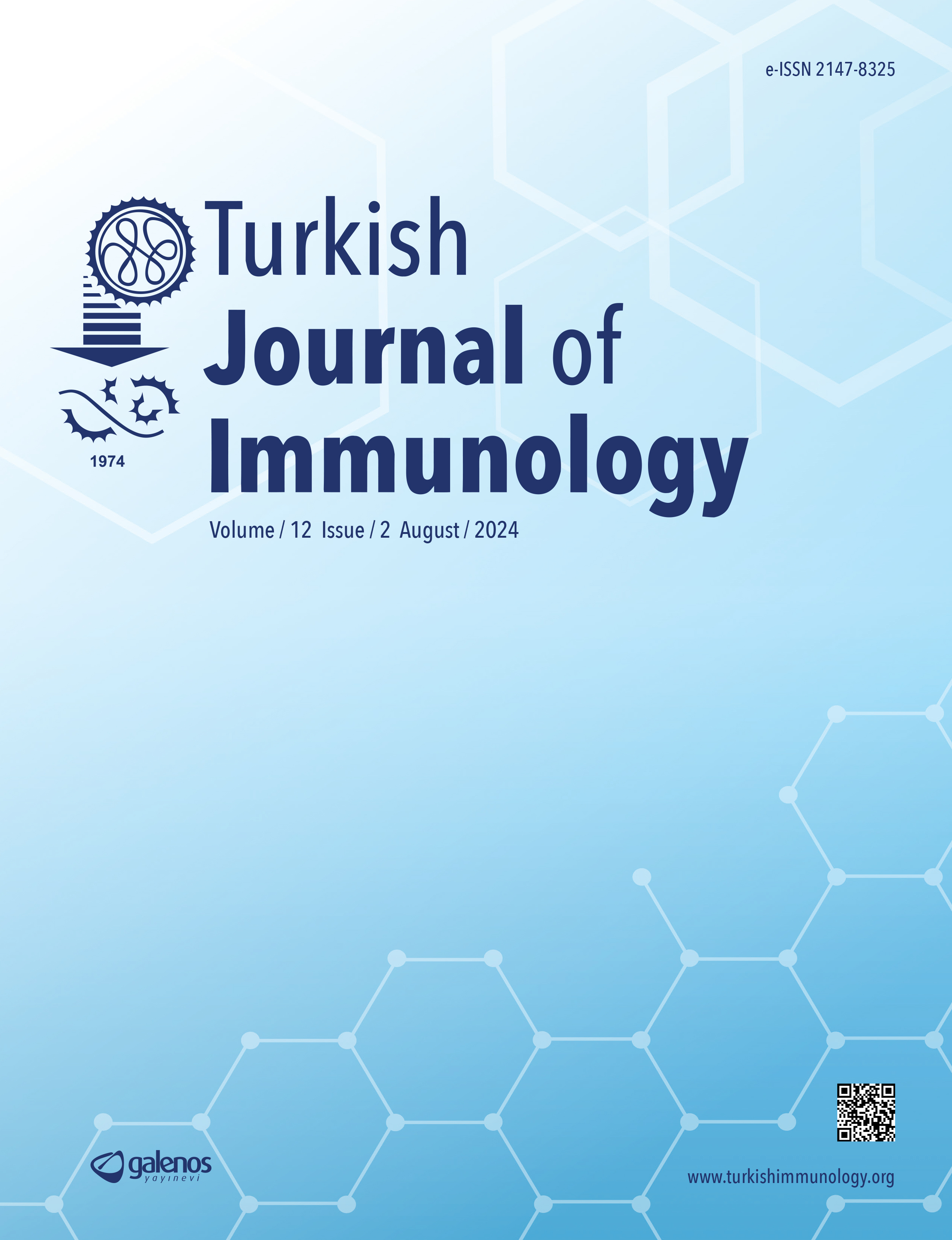













Toll-Like Receptors and Diabetic Nephropathy: A Review of Recent Advances
Mohammad Sadra Gholami Chahkand1, Yasaman Tavakoli2, Ava Aghakhani3, Monireh Askarzadeh4, Hosein Azimi5, Nogol Ghalamkarpour6, Alaleh Alizadeh7, Iman Archin8, Sajad Kermani7, Akram Ansari9, Mohadeseh Poudineh10, Zahra Mali11, Elaheh Foroughi12, Gisou Erabi13, Seyed Amirhossein Mazhari14, Mohammad Sadegh Fallahi3, Niloofar Deravi15, Parisa Alsadat Dadkhah121Golestan University of Medical Sciences, School of Medicine, Student Research Committee, Gorgan, Iran2Mazandaran University of Medical Science, Department of Medicine, Mazandaran, Iran
3Tehran University of Medical Sciences, School of Medicine, Tehran, Iran
4Mazandaran University of Medical Sciences, School of Medicine, Student Research Committee, Sari, Iran
5Iran University of Medical Sciences, School of Medicine, Student Research Committee, Tehran, Iran
6Lorestan University of Medical Sciences, School of Allied Medicine, Department of Clinical Laboratory Sciences, Student Research Committee, Khorramabad, Iran
7Islamic Azad University Faculty of Medicine, Student Research Committee, Mashhad Branch, Mashhad, Iran
8Kazan (Volga Region) Federal University, Kazan, Russia
9Shantou University Medical College, Student Research Committee Shantou, Guangdong, China
10Zanjan University of Medical Sciences, School of Medicine, Zanjan, Iran
11Urmia University of Medical Sciences, School of Medicine, Iran
12Isfahan University of Medical Sciences, School of Medicine, Student Research Committee, Isfahan, Iran
13Urmia University of Medical Sciences, Student Research Committee, Urmia, Iran
14Azerbaijan Medical University, Student Research Committee, Baku, Azerbaijan
15Shahid Beheshti University of Medical Sciences, School of Medicine, Student Research Committee, Arabi Ave, Iran
Diabetic nephropathy (DN) is one of the most common kidney diseases, but its exact pathophysiology remains unknown. Toll-like receptors (TLRs) are innate immune receptors that recognize pathogen- and danger-associated molecular patterns, which can result in an inflammatory response. TLR4, TLR2, TLR5, TLR7, TLR8, TLR9, and TLR11 are essential in the pathogenesis of DN, according to recent evidence collected from both in vivo and in vitro studies. Studies have shown that TLR2 and TLR4 expression is higher in patients with renal failure and nephrotic diabetes. They also play critical roles in podocyte injury and inflammation caused by high glucose. TLR2 and TLR4 may be helpful therapeutic targets to prevent or delay DN in patients with type 2 diabetes mellitus. Additionally, TLR7 may contribute to kidney damage in type 1 diabetes mellitus, whereas downregulation of TLR9 expression inhibits inflammation and apoptosis pathways associated with DN.
Keywords: Toll-like receptor, nephropathy, diabetic kidney disease, chronic kidney disease, TLRsManuscript Language: English




